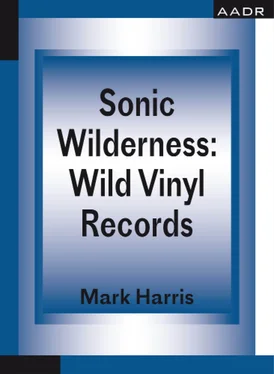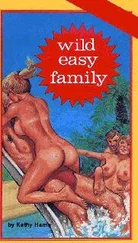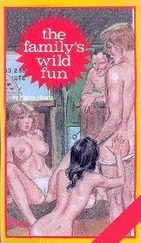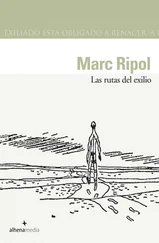Sonic Wilderness:
Wild Vinyl Records
Mark Harris
Contents
Introduction
Becoming Animal: Monstrous Intoxications
Riot Parks, Psychogardens and Black Yards: Sites of Labor and Alienation
Songs the Plants Taught Us: Green Bewitching
Afterword
Bibliography
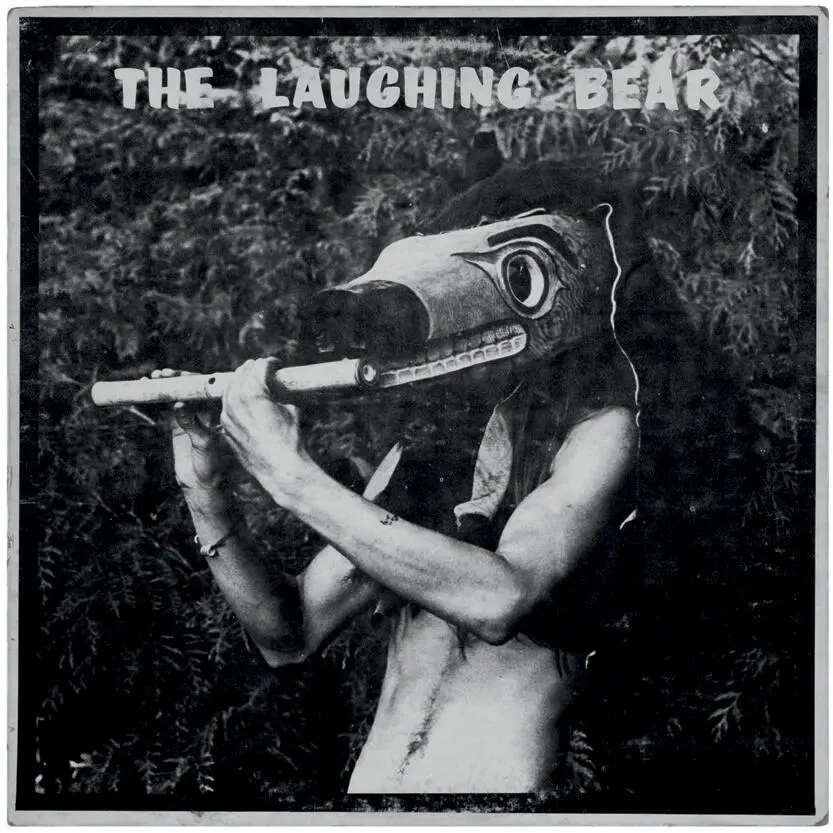
Fig. 1: Tom Heidlebaugh, The Laughing Bear, c. 1968 .
I have a few thousand vinyl records acquired since I was a teenager. Usually grouped by artist or genre, their significance for me has always evolved in relation to biography and musical preferences. As I also have an interest in extremely unconventional music, I wondered what these records might reveal if listened to at face value. Surely their strange lyrics and sound would offer unexpected insight into familiar subjects. At the very least these provocative songs would trigger the question, ‘How on earth did they imagine that?’, and so lead on to wilder kinds of research. Ignoring genre and musical quality, to listen to the collection as an index presented new associations. Evaluating recklessly eccentric music according to what it said about war, politics, murder, art, sex, plants, and airplane crashes, threw together entirely dissimilar records that grouped themselves around ideas. Even musical disasters had traction here for the disproportionate match of ambitious concepts with uneven musicality. This index was not meant in Roland Barthes’ sense of listening for signs of alarm or reassurance to protect one’s mental and physical boundaries. In terms of records, Barthes’ kind of indexical listening amounted to musical gatekeeping with exposure only to manageable sound. This other index welcomed unmanageable and musically inconsistent records for the odd intuitions they brought to old themes. The first attempts I made at this indexical approach were in art galleries and performance venues under the title of ‘bad music seminars’, spinning and discussing strange vinyl records on a wide range of topics. Those improvised performances involved readings that could only scratch the surface of the music’s content. To get deeper into it this book had to focus on a much smaller number of subjects where the three chapters have been limited to our relationship with the natural world, in particular our interconnectedness with animals, managed nature and plants. Titled after song lyrics, each chapter’s sections follow paths opened up by strange music. A centrifugal flow of ideas spins out from the vinyl, braiding together an expanding range of cultural, historical, and political relations.
The cultural history behind these unusual records is taken as entwined with the material qualities of vinyl. They complicate each other to make the records’ sonic engagement with the natural world unpredictable and sometimes baffling. We can hear musicians listening to, and participating in, what they regard as nature, drawing unexpected conclusions from their attempts to communicate what they find. In the process musicians become animal and plant, and reveal the allegorical complexities of flowers and gardens. Strange vinyl records provide unlikely evaluations of our presumptive attachments to nature. Some records reveal the insight, struggle, and comedy of relating to the non-human through effortful mimicry, analogy, or guardianship. Here, being human is always insufficient, always prompting temporary surrender to animal and plant worlds. Others concern our conflicted participation in the organized nature of gardens, farms, and parks where rights of access, degrees of management, and ownership of symbolic values can turn these venues into sites of protest and violent conflict. Listening to the off-centre convictions of these odd records brings alternative perspectives to Jacques Attali’s claim that ‘the world is not for the beholding. It is for hearing. It is not legible, but audible’ (Attali, 1985: 3). They show Attali’s own listening as circumscribed by class, colonialism, and musical idiom, while unmoved by everyday noise and non-human sounds.
The longevity of vinyl records is a success story after decades of experimentation with heavier, more brittle materials like shellac, that is derived from the lac beetle and so has the most exploitative connection to non-human species. The material connection of vinyl to nature is the result of millennia of sedimentary deposits of microorganisms and algae that created the oil from which records are manufactured. Most human activity exploits finite resources but vinyl’s material ancestry should be scrutinized for the environmental impact of fossil fuel production and of the record manufacturing process itself. As its name suggests, polyvinyl chloride resin, or PVC, is the result of polymerising vinyl chloride monomer once it has been produced through the heat treatment of ethylene dichloride, itself made from chlorine and oil-extracted ethylene. Even if PVC is recyclable, this chain of engineering and chemistry leaves waste and pollution in its wake.
In spite of their environmental impact, durable and lightweight vinyl records stimulated a frenetic global musical exchange as jazz, rock, and funk traded with calypso, reggae, hi-life, salsa, and samba across diasporic and émigré routes to impact the way music was made in Europe and the Americas. The affordability of pressing and distributing vinyl records emboldened unknown musicians and provoked the formation of small independent recording studios and labels. From the 1950s the surge in vinyl releases generated new younger audiences who claimed representation from emerging music genres and as a result often became musicians themselves. Paradoxically, what Attali critically termed the expansion of capital speculation into exploitative and repetitive stockpiled songs also enabled the cultural inventiveness of young listeners whose acumen and enthusiasm continue to influence musical development.

Fig. 2: Mighty Spoiler, The Bed Bug, 1978 .
Selected record covers are reproduced here as a reminder that listening is influenced and remembered through its promotional design. The term ‘anamnesis’ has been used to indicate the typically involuntary memory effect provoked by some acoustic events, particularly music (Augoyard and Torgue, 2005: 21). While music may trigger the more powerful memories, encountering record cover imagery causes many to experience intense recollections. Where the first point of encounter with strange music is likely to be the record sleeve’s unusual imagery and typography, dues are owed to the visions of such inventive designers.
Sonic Wilderness accesses the critical value of obscure and marginal vinyl where other books on music usually resort to the most well-known anti-disciplinary record releases to explore complicated cultural histories. While much of the literature on weird and unlistenable records treats them as musical freak shows, Sonic Wilderness recognises their nonconformist acoustics as subversive cracks in normative popular music and invites their careful appraisal.
Конец ознакомительного фрагмента.
Текст предоставлен ООО «ЛитРес».
Прочитайте эту книгу целиком, купив полную легальную версию на ЛитРес.
Читать дальше
